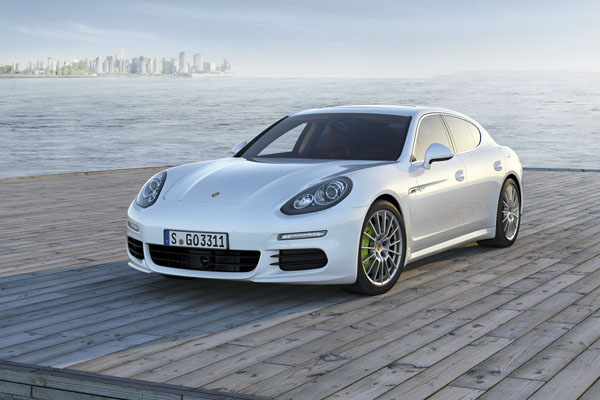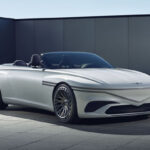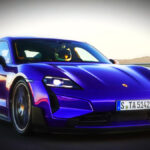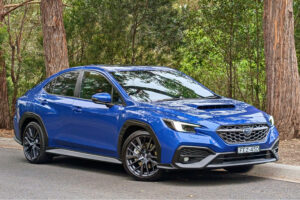Speak to any motoring journalist and you will find they all love driving the big Porsche Panamera sports hatch. But they have differing opinions on the styling, many hate it, a few like it, but I can’t say I know one who really loves it.
Always happy to listen to owners – and even to us journos if need be – Porsche has given the Panamera a major makeover. This is far more than simply a facelift and tail-tuck.
The changes to the rear in particular give it a much more refined look than the somewhat clumsy original. We like the look that has been achieved by the wider rear windscreen and a revised bootlid.
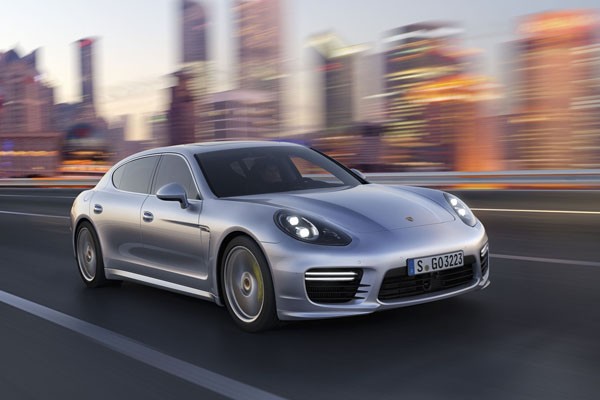
At the front, Panamera has a bigger, bolder air intake and the shape of the headlights has been altered. Most important of all, the windscreen has a sharper angle.
This time the Panamera looks less like a bulked up 911 and more like a luxurious sports sedan in its own right.
These days when you’re launching a new upmarket model you don’t do so at a motor show in Europe or the USA. No, you go the Shanghai Motor Show to give yourself first crack at the world’s largest car market.
Interestingly, Porsche is introducing the world’s first upmarket plug-in hybrid as part of its push in the second-generation Panamera.
As well as the standard car, Porsche is also introducing an extended-wheelbase version. These stretched models are vitally important to sales in China as very few luxury cars are ever driven by their owners – which sounds strange to us Aussies.
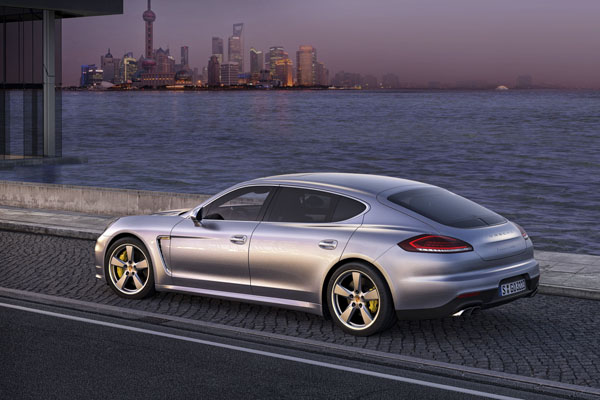
Indeed, Porsche Australia knows its customers well, so the extended wheelbase Panamera will not be offered in Australia. However, never say never.
The gen-two Panamera S E-Hybrid has a more powerful electric motor, a higher-performance battery that supplies more energy and, just as importantly the ability to be plugged in for charging externally from the electrical grid.
The electric drive produces 70 kW, which is more than double the power of the previous model’s electric motor. It gets its power from a newly developed lithium-ion battery, which at 9.4 kWh has over five times the energy capacity of the previous nickel metal hydride battery.
Amazingly, the previous model’s official European fuel consumption figure of 7.1 litres per hundred kilometres has been reduced to just 3.1 litres per hundred. The acceleration time from zero to 100 km/h is shortened by half a second to 5.5 seconds.
Porsche Panamera is taking part in the engine downsizing technology that’s sweeping Europe. A V6 engine with 3.0 litres displacement and bi-turbo charging replaces the previous 4.8-litre V8 engine in the Panamera S and Panamera 4S. This powerplant has 15 kW more power and 20 Nm more torque, with a maximum torque of 520 Nm available over a very broad range of engine speeds.
Most Panamera models are equipped with the seven-speed dual-clutch PDK. An eight-speed automatic Tiptronic S is standard in the Panamera Diesel and Panamera S E-Hybrid.
The second-generation Porsche Panamera will be sold in Australia from late July, pricing has yet to be confirmed.




